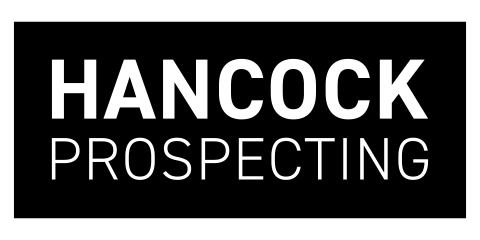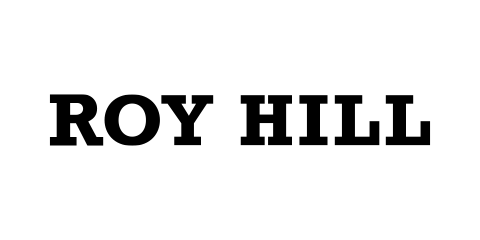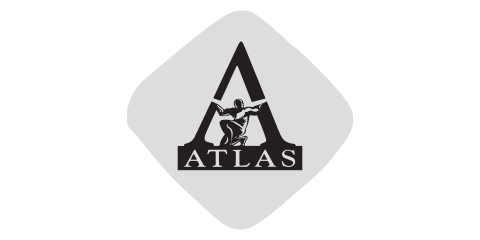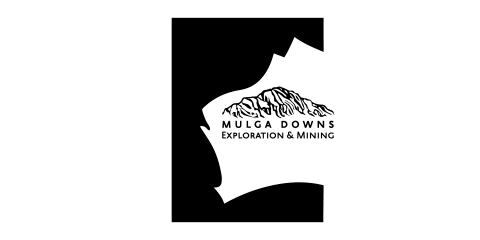Article by Mark Beyer, courtesy of Business News.
There have been big shifts in the ranking of WA’s largest, and most profitable, private companies over the past year.
WESTERN Australia’s largest private companies reflect the diversity of the state’s economy.
They include homebuilders like ABN Group, contractors such as CFC Group, auto dealers like Regent Motors and John Hughes Group and one very successful tech company in VGW Holdings.
But the industry that looms largest over the list, like WA, is mining (see top 10, page 29; full list, page 32).
Gina Rinehart’s Hancock Prospecting is by far the state’s largest private company, and its subsidiaries Roy Hill Holdings and Atlas Iron also rank highly.
Other companies high on the list (ranked by revenue) include Andrew and Nicola Forrest’s Tattarang, which is anchored by a one-third stake in iron ore miner Fortescue Metals Group, and mining contractor Byrnecut.
The list has recorded big changes in the past year, with APM Human Services International added in, Georgiou Group exiting and BGC Australia sliding down the ranking (see more below).
Hancock Prospecting’s core iron ore business remained its main revenue and profit generator, but the group has continued to invest in other sectors.
The company reported total revenue of $14.7 billion in the year to June 2024, putting it head and shoulders above any other private company in WA.
Its net profit after-tax was an eye-watering $4.4 billion.
Like revenue, this was below its peak, but still an extraordinary number for a privately-owned company.
With such strong profits, Hancock has cleared its historic debts and paid big dividends.
And it has the capacity to make very large investments in other sectors.
Its largest deal last year was the $1.1 billion purchase of Perth Basin gas assets from Chris Ellison’s debt-laden company, Mineral Resources.
Mrs Rinehart gave a rare personal insight when announcing the deal.
“I welcome the opportunity to work alongside my friend Chris Ellison and his MinRes team,” she said at the time.
Hancock will acquire 100 per cent of the Lockyer/North Erregulla gas project – one of the largest gas discoveries in the Perth Basin.
The deal included plans for an $850 million gas processing plant.
The company “intends to make use of its strong financial position to progress this exceptional project”.
“Hancock will evaluate opportunities to accelerate development at Lockyer, and enable production to be brought to market as soon as possible,” the company said.
“I welcome the opportunity to work alongside my friend Chris Ellison and his MinRes team
– Gina Rinehart
Hancock already had a big stake in the Perth Basin, via its earlier $450 million purchase of ASX company Warrego Energy.
That gave it a 50 per cent stake in the West Erregulla joint venture with Strike Energy.
Mrs Rinehart, who is a vocal supporter of Donald Trump, Peter Dutton and other conservative politicians, used the MinRes announcement to highlight the importance of gas.
“Gas is critical to underpin base-load power requirements and support local industry with the provision of reliable energy,” she said.
“Indeed, it is essential, for the nation to be able to function, given solar power is only effective some 10 to 25 per cent of the time, and wind power approximately one-third of the time.”
Another deal that was much smaller but still attention-grabbing was Hancock’s purchase of a majority stake in Bunbury Farmers Market.
Hancock paid $58 million for a 60 per cent interest in the business, which recently opened a second farmers market further south at Vasse.
That added to several other investments with an agricultural flavour.
As well as multiple pastoral stations, Hancock owns iconic brands Driza-Bone and Rossi Boots and has a big stake in Bannister Downs Dairy.
In the mining sector, Hancock subsidiary Atlas Iron is proceeding with development of its fourth mine, McPhee Creek
The group is continuing the slow grind of gaining approvals for at least three large-scale mining projects – Mulga Downs, the $5 billion Mt Bevan magnetite project and the Ridley mine.
It also holds the rights to build a new export berth at Port Hedland’s South West Creek in joint venture with Mineral Resources.
Hancock is a big investor in critical minerals, after closing its $1.7 billion takeover of lithium play Azure Minerals (in joint venture with Chile’s SQM) in May 2024.
The company is also sitting on a 20 per cent stake in lithium producer Liontown Resources.
In addition, it has been adding to its holdings in the rare earths sector, which include stakes in Lynas Rare Earths, US company MP Materials and aspiring producer Arafura Rare Earths.
Profit ranking
Hancock Prospecting is not just WA’s largest private company, it is also by far the most profitable.
Its $4.41 billion net profit in FY24 puts it well above any other private company and well above most ASX companies.
The group profit mainly reflected contributions from its subsidiaries.
Seventy-per-cent-owned Roy Hill Holdings posted a $3.2 billion profit and 100-per-cent-owned Atlas Iron generated a $439 million profit.
The two subsidiaries have been excluded from the table above to avoid double counting.
Outside the Hancock group, the state’s most profitable private company was VGW Holdings. Majority owned by tech entrepreneur Laurence Escalante, the company made a $496 million profit last year from its online gaming operations, which are focused on the US market. The business generated a mammoth $6.1 billion in revenue. It was yet another year of growth for the seemingly unstoppable business, which posted its first profit (of $5.1 million) just six years ago. VGW was followed by Kerry Stokes’ family company, Australian Capital Equity, which posted a $492 million net profit. Through ACE and other private companies, Mr Stokes controls an expansive business empire that includes ASX companies SGH and Seven West Media. ACE’s accounts do not reflect the full scope of Mr Stokes’ business empire. Its profit in FY24 was an aberration
– it was up from $137 million in the prior year and reflected balance sheet adjustments rather than an improved trading performance. Perron Group, by contrast, is consistently very profitable. It posted an operating profit of $382 million for FY24.
This was the fourth year in succession the group has posted a net profit of more than $300 million.
The group said the FY24 result reflected generally favourable conditions across most of its portfolio, which includes shopping centres, office towers, regional airports and, critically, wholesale distribution rights for Toyota vehicles in WA.
Since the death of its founder in 2018, the group has operated as a permanent endowment to fund the Stan Perron Charitable Foundation.
Iron ore royalties
One notable contributor to Perron Group’s annual profit is iron ore royalties linked to production at Rio Tinto’s Pilbara mines.
Perron typically gets paid about $50 million per year from this source.
It secured the rights to these royalties after striking a funding deal in the 1960s with the late Lang Hancock.
Mr Hancock and his business partner, Peter Wright, famously negotiated a royalties deal that delivers hundreds of millions of dollars per year to their children and grandchildren.
Wright Prospecting, for instance, was paid $415 million in royalties last year and posted a profit after-tax of $277 million.
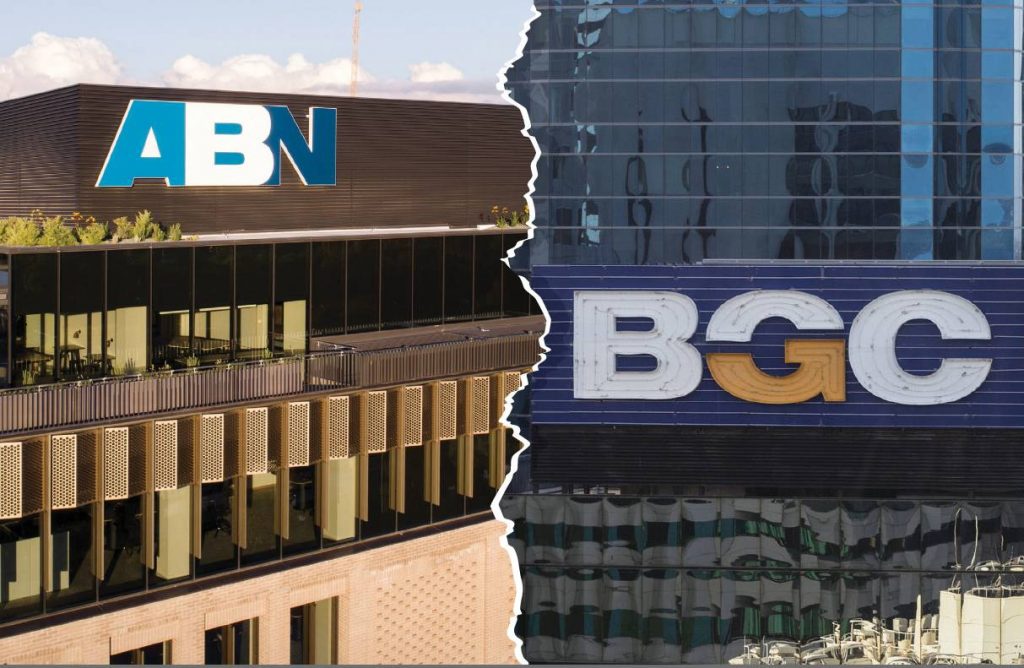
That mainly reflected the donation of 220 million Fortescue shares previously held by Tattarang to their philanthropic arm, Minderoo.
As a result, Tattarang’s dividend income fell sharply.
However, the group has continued to make big investments in its operating businesses, including Squadron Energy, Harvest Road and RM Williams (see page 6).
APM Human Services re-entered the private companies list after it was delisted from the ASX.
The Megan Wynne-led company had a torrid time on the ASX as the market reacted badly to a series of operational setbacks and profit downgrades.
It incurred a loss of $220 million on revenue of $2.3 billion in FY24.
Georgiou Group has exited the list, after the Georgiou family sold the business to giant Austrian company Strabag.
The diversified contractor generated revenue of $1.3 billion in FY24.
It will continue to trade under the leadership of executive chairman John Georgiou but, if other family business sales are any guide, the family connection will disappear within one or two years.
That money is distributed in its entirety to Mr Wright’s successors via family companies AMB Holdings and VOC Group.
Hancock Prospecting earned a similar amount in royalties, but this contribution is far outweighed by its operational income.
Another big beneficiary of iron ore royalties is DFD Rhodes, established by Pilbara trucking and mining pioneer Don Rhodes.
His family company posted a net profit of $132 million in FY23, the latest available data.
The list of WA’s most profitable private companies includes the holding company of famed explorer Mark Creasy.
Yandal Investments enjoyed a big jump in profit last year to $106 million, more than double the prior year.
The big jump mainly reflected profits from the sale of his 12.8 per cent stake in lithium play Azure Minerals.
Big changes
The annual ranking of WA’s largest private companies has seen several changes, with more on the way.
Andrew and Nicola Forrest’s Tattarang has slipped down the list, with revenue dropping to an estimated $3 billion. The house builders
WA’s two largest homebuilding groups have taken very different paths over recent years.
Dale Alcock’s ABN Group posted revenue of $1.7 billion, keeping it firmly in the state’s top 10, and traded comfortably in the black.
In contrast, the Buckeridge family’s BGC Australia is a shadow of its former self after multiple asset sales and a weak trading performance.
BGC was for many years ranked as WA’s largest private company, with revenue of more than $2 billion and 4,000 staff a decade ago.
Its revenue shrank to $805 million in FY24, ranking it number 16 on the Data & Insights list.
Its ranking will fall further in future years after announcing its largest-ever asset sale in December – the disposal of its cementitious division.
Cement Australia is believed to have paid about $800 million for the business, which included BGC Asphalt, BGC Cement, BGC Concrete, BGC Quarries and BGC Transport, and employed about 500 people.
That followed the sale last year of its plasterboard and fibre cement business, its precast business and its commercial construction division.
The company has reaped about $1.7 billion from asset sales over the past decade, including multiple properties.
After all these sales, BGC is still a substantial business, with about 1,000 people focused on the residential construction industry, but it sits well short of the state’s largest.
The tough times facing the group were reflected in its decision to halt new home sales so it could focus on clearing a large backlog.
The company posted a profit of $51 million last financial year but only after reaping profits from asset sales and adding in discontinued operations.
Its net loss from continuing operations was $40.7 million and that followed two bottom-line losses in FY23 and FY22. ABN Group also incurred a loss in FY22, but it was a one-off. The group has bounced back with a profit of $43.2 million in FY24. It is Australia’s second largest housing construction group, according to the Housing Industry Association’s top 100 list. ABN recorded 3,881 home starts in FY24 split fairly evenly between WA and Victoria.

